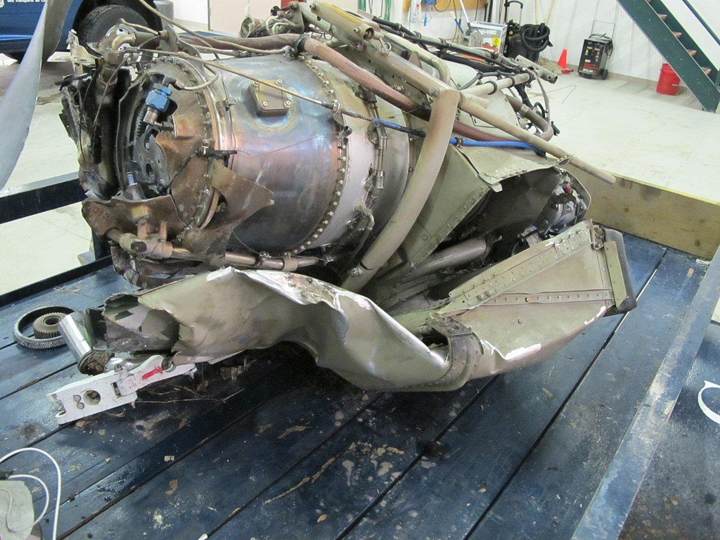WINNIPEG – A plane crash that killed the pilot and seriously injured seven passengers in Snow Lake, Man., was caused by icing and overloading, the Transportation Safety Board of Canada has found.

Pilot Mark Gogal was killed in the Nov. 18, 2012, crash about 700 kilometres north of Winnipeg. The Snow Lake resident was the son of the owner of Gogal Air Services, which operated the flight carrying Dumas Mine Contracting workers.
The Cessna 208B Gogal was flying crashed into a wooded area about 1.6 kilometres from the runway shortly after it took off.
The plane was carrying about 270 kilograms more than its maximum gross takeoff weight limit, and the wing and tail leading edges had ice on them, the TSB investigation found. Those two factors increased the stall speed of the aircraft, reducing its takeoff and climb performance and affecting the stall warning system, the TSB said in a news release.
The plane had also been flying in instrument meteorological conditions the day before the crash, and Gogal Air Services wasn’t authorized to operate in such conditions, the TSB said.
The TSB also found that Gogal, which is only certified to offer non-scheduled service, had been running scheduled flights between Snow Lake and Winnipeg for Dumas. Such service comes with customer expectations that flights will run in many types of weather conditions, the TSB noted; as well, TSB oversight of Gogal’s service was not at the level provided to scheduled air services.
The TSB used the report to remind pilots that overloaded aircraft and any amount of ice on wings present a risk.
- Life in the forest: How Stanley Park’s longest resident survived a changing landscape
- ‘Love at first sight’: Snow leopard at Toronto Zoo pregnant for 1st time
- Carbon rebate labelling in bank deposits fuelling confusion, minister says
- Buzz kill? Gen Z less interested in coffee than older Canadians, survey shows




Comments